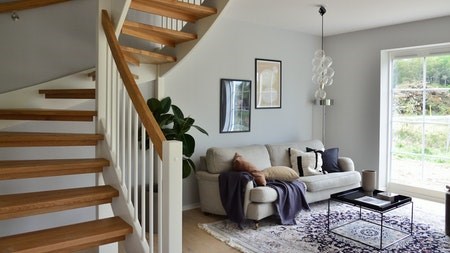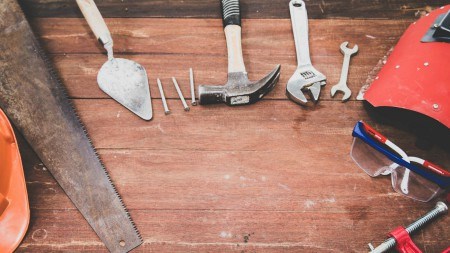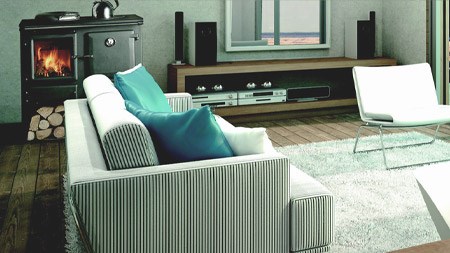The Chinese practice of feng shui is making a comeback as people look for ways to create nurturing interior spaces that establish strong feelings of balance and tranquillity.
The ancient practice of feng shui emphasizes the sense of equilibrium of yin and yang – two opposing yet connected forces. This basic idea finds countless applications within decorating and design - from creating symmetry within open plan living areas to contrasting dark and light furniture and objects in harmonious juxtaposition.
According to Anjie Cho, architect, feng shui educator, and author of Holistic Spaces: 108 Ways to Create a Mindful and Peaceful Home, feng shui is a practice of arranging the pieces in living spaces to create balance with the natural world.
“The goal is to harness energy forces and establish harmony between individuals and their environment, implementing the essential principles of feng shui: the commanding position, the bagua, and the five elements.”
Principles
The commanding position influences how you can position yourself in life. If you have placed yourself in a strong or powerful position in your life, you are better situated to receive positive energy and the best opportunities.
In a room, the command position is the furthest position from the door, usually diagonally across the room and not in its direct line. In principle, you would have a clear line of sight to the door. This is the area of the room where you should be spending most of your time.
Use Feng shui guidelines to determine the room’s dominant position, then try and place your bed, desk, or stove in diagonal alignment with your door. The bed represents you, your desk is an extension of your career, and your stove represents prosperity and nourishment.
A bagua is the feng shui energy map superimposed on your home’s room layout. ‘Bagua is Chinese for ‘eight areas’, each of which relates to a different life circumstance, such as family, wealth, or career.
Each area has corresponding shapes, colours, seasons, numbers, and earthly elements.
The ninth area at the centre of the bagua is you, incorporating your overall health and wellness.
The idea is to choose one to three areas to focus on in your home and optimise those keeping the feng shui principles in mind.
The five elements - earth, metal, water, wood, and fire – are interrelated phases in life that work together to create a complete system. The practice of feng shui balances these five components and each of your life areas or bagua. To integrate these elements into your life and home, you have to determine where you want to direct your energy.
Choose up to three areas of your life you want to better then,
Strengthen your energy and your home’s energy by adding the suggested colours or shapes in that room.
Entry point
In feng shui, the front door represents how energy enters your home and your life. This makes the entrance the best place to start creating good feng shui in your home.
First, clear the clutter and do a thorough clean. Wipe down the door and shake out the welcome mat. Take a good look to see how you can make the space more inviting. Make sure the entrance is bright and well lit. Add lighting or mirrors if needed.
Portals to opportunity
In feng shui, doors represent your voice and communication. They are also portals through which opportunities can come into your life, so your doors deserve some attention.
First, be sure all doors can open to at least 90 degrees. If not, you can only receive a portion of the opportunities life has to offer.
Secondly, check that all your doors are working properly. Make sure they open and close effortlessly and that hinges are not squeaking. You want to maintain a smooth flow.
What to avoid
Items that block the flow of feng shui energy include:
Dirty windows.
Broken objects.
Dusty, neglected objects and corners.
Overfull cupboards.
Crooked artworks and mirrors.
Shoes or books under the bed.
Gratitude
There is a lot more to feng shui - a shamanic tradition that believes everything is alive, including our spaces.
The same life energy (qi) that animates you, also flows through your home - your shelter, your place to rest, being nourished, celebrating, and more. Offering gratitude to your home is an important part of mindful living. Say thank you every day.





